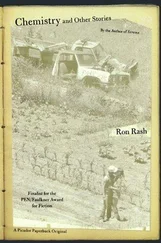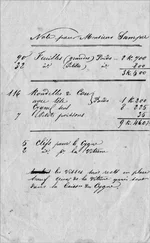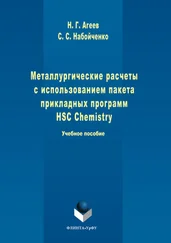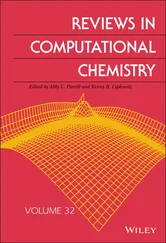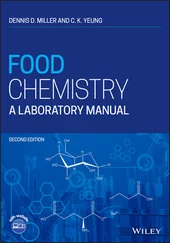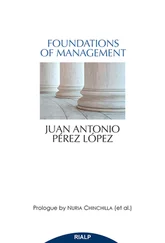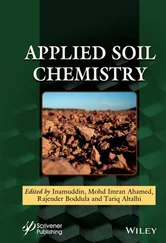Very large or very small numbers used in chemistry are expressed using scientific notation. In scientific notation, a number is expressed as a coefficient (a number between 1 and 10) multiplied by an exponential factor (10 raised to a whole number power). For numbers less than 1, the power is a negative number; and for numbers greater than 1, the power is a positive number.
Metric prefixes can be used with units to indicate multiples of 10. These prefixes are letters that denote the factor used to multiply the unit.
The properties of mass and volume are met very often in chemistry. The mass of an object is a measure of the amount of matter in the object. The volume of an object is a measure of the amount of space occupied by a substance. The litre (L) and millilitre (mL) are often used to denote volume, although these are not standard SI units.
The number of significant figures in a measurement controls the number of significant figures obtained in any calculation involving that measured quantity. The number of significant figures in the result of a calculation cannot be expressed with a greater number of significant figures than that of the smallest number of significant figures in the measured quantity.
When adding and subtracting values written using scientific notation, all exponents should be converted to the same size.
When multiplying numbers written using scientific notation, the exponents should be added. When dividing numbers written using scientific notation, the exponents in the denominator should be subtracted.
The chemical formula of a substance expresses the number of each type of atom in the substance.
Ions are single atoms or groups of atoms that have a small whole number positive or negative charge. Positive ions are called cations, and negative ions are called anions. Cations and anions combine to form salts. The overall charge on the formula unit of a salt is zero.
A chemical equation provides a shorthand method for describing the process taking place in a chemical reaction. The number and types of each atom on the left‐hand side of a chemical equation must be the same as the number and types of each atom on the right‐hand side of the equation. When this is the case, the equation is said to be balanced.
The physical state of a material at the temperature of the reaction can be included in a chemical equation using a symbol in parentheses following the formula of the substance in the equation.
1 Determine the derived units of the following quantities:Acceleration, a (a = change in velocity/time)Force, F (F = m × a, where m = mass and a = acceleration)Gravitational potential energy, PE (PE = m × g × h, where m = mass, g = acceleration due to gravity, and h = height)
2 Express the following numbers using scientific notation:0.0084984 2653540.0000218
3 Convert the following numbers to non‐exponential form:2.3 × 10−22.8 × 1024.95 × 10−45.759 × 105
4 Write the following quantities in a more convenient form by changing the units, and give the answer in scientific notation:6 300 m (change to km)1 540 ms (change to s)0.000456 kg (change to g)639 500 J (change to kJ)6 500 ns (change from ns to μs)250 cm3 (change to dm3)0.5 L (change to cm3)
5 How many significant figures are in each of the following numbers?0.094583.220106.00.00314
6 Determine the results of the following calculations, taking care to give the correct number of significant figures and units in the answers.12.786 cm + 1.23 m =3.21 cm × 150.091 mm =1.090 m divided by 10 s =2 100 J + 5.13 kJ + 6 MJ =
7 Determine the results of the following calculations, taking care to give the correct number of significant figures and units in the answers. Give your answer in scientific notation.3.2 × 103 m × 3.1 × 10−5 kg m−1 =9.47 × 10−3 km ÷ 2.3 × 10−1 m s−1 =30.6010 × 10−3 kg − 1.040 × 103 mg =
8 Using the information in Table 0.4, write the formulae of the following compounds:potassium nitratecalcium chloridesodium sulfateammonium phosphatealuminium sulfate
9 Balance the following equations by adding appropriate stoichiometric coefficients:N2 + H2 → NH3Fe + O2 → Fe2O3C5H12 + O2 → CO2 + H2ONaOH + H2SO4 → Na2SO4 + H2OLi + H2O → LiOH + H2
10 Write balanced chemical equations for the following reactions, including state symbols, assuming they are carried out at room temperature. Use Table 0.4to obtain the formulae of the salts included.Hydrogen and oxygen to give waterGraphite (an allotrope of carbon) and oxygen to give carbon dioxideCalcium carbonate (a solid) with hydrochloric acid (an aqueous solution of HCl) to give calcium chloride (in aqueous solution), water, and carbon dioxideAn aqueous solution of silver nitrate with an aqueous solution of sodium chloride to give a precipitate of silver chloride and sodium nitrate in solutionThe thermal decomposition of solid lithium nitrate to solid lithium oxide, oxygen, and nitrogen dioxide (NO2) gas
At the end of this chapter, students should be able to:
Draw a representation of an atom, and determine how many protons, neutrons, and electrons are present
Explain how electrons are arranged in atoms
Explain and draw s, p, and d orbitals
Give the ground state electronic configuration of an atom
Explain isotopes, and calculate the average atomic mass of an element from given isotopic ratios
Explain the process of radioactive decay, and give relevant equations
This section will outline the structure of the atom, as well as introduce isotopes and radioisotopes of the elements.
1.1.1 Subatomic particles
Understanding the atom is fundamental to being able to understand, and subsequently master, chemistry. All elements are made up of atoms, and the exact structure of each atom determines which element it is. There are two main regions inside an atom: the nucleus and the outer shells surrounding the nucleus. Within the nucleus are two types of subatomic particles: protons and neutrons . The number of protons in an atom determines the actual element. The third main type of subatomic particle is found in the outer shells, and these are called electrons . Electrons are very small and are negatively charged, and they orbit the nucleus rather like planets orbit the sun. The exact manner in which an electron orbits the nucleus is defined by the orbital the electron occupies. This will be discussed in Section 1.2.4.
Protons and neutrons have the same mass and are much larger and heavier than electrons. Protons have a positive charge, and neutrons have no charge and so are neutral. Both protons and neutrons are found in the nucleus of the atom ( Figure 1.1). Electrons have a much smaller mass than protons and neutrons and have a negative charge. Electrons are found in the region of space surrounding the nucleus. Table 1.1gives the properties of the three main subatomic particles.
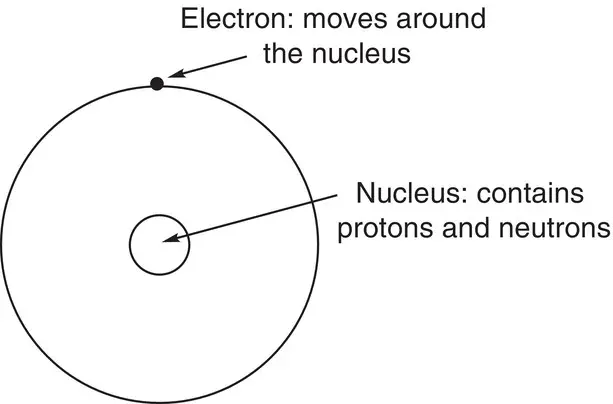
Figure 1.1Simplified structure of the atom (not to scale).
Table 1.1Properties of subatomic particles.
| Particle |
Symbol |
Relative mass |
Charge |
| Proton |
p |
1 |
+1 |
| Neutron |
n |
1 |
0 |
| Electron |
e |
 0.00055 0.00055 |
−1 |
1.1.2 Mass number ( A ) and atomic number ( Z )
Читать дальше
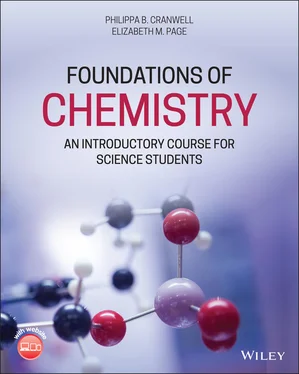

 0.00055
0.00055